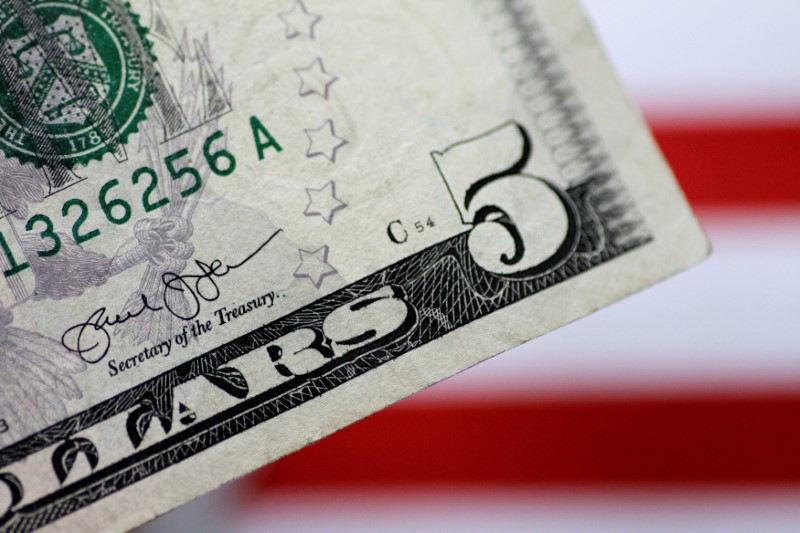* Graphic: World FX rates in 2020 https://tmsnrt.rs/2RBWI5E
* Dollar is weak against most currencies
* Traders looking for more U.S. economic stimulus
* Treasury yields another negative factor for the dollar
By Stanley White
TOKYO, Aug 7 (Reuters) - The dollar nursed losses against major currencies on Friday ahead of the U.S. non-farm payrolls report, which some investors fear could reinforce the view that economic momentum is slowing.
Sentiment has turned against the greenback due to a combination of rising U.S. coronavirus infections, a steady decline in Treasury yields, and a lack of consensus in Washington over additional fiscal stimulus.
Analysts say the dollar will continue to fall, particularly against the euro, the yen and Swiss franc, as expectations for a V-shaped recovery from the coronavirus epidemic fade and investors take a more sanguine view of markets.
"I see further dollar weakness," said Michael McCarthy, chief market strategist at CMC Markets in Sydney.
"Optimism for an economic recovery is not backed up by the data. Safe-havens are very high, but stocks are also high, which doesn't make sense. The party has to end at some point."
Against the euro EUR=D3 , the dollar stood at $1.1874 on Friday, close to its weakest in more than two years
The British pound GBP=D3 bought $1.3140, close to its strongest level since March.
The dollar teetered near a five-year low against the safe-harbour Swiss franc CHF= at 0.9103.
Against the yen JPY= , which is also considered a safe currency, the dollar traded at 105.60, not far from a four-month low.
Non-farm payrolls due later on Friday are widely expected to show U.S. jobs creation slowed in July from the previous month, indicating a resurgence in coronavirus infections is undermining the world's largest economy.
Earlier this week, the five-year Treasury yield US5YT=RR hit an all-time low, and the benchmark 10-year yield US10YT=RR fell to its second-lowest ever, which has become another reason to shun the greenback.
The dollar index against a basket of major currencies USD= last stood at 92.816, close to a two-year low.
U.S. Republicans and Democrats have so far failed to reach an agreement on the cost of fiscal stimulus measures that many investors say is necessary to prevent the economy form losing more momentum. Antipodean currencies also benefited from the broad-based weakness in the greenback.
The Australian dollar AUD=D3 traded at $0.7237, close to the highest in one-and-a-half years, while the New Zealand dollar NZD=D3 bought $0.6683, which is near its strongest since January.
